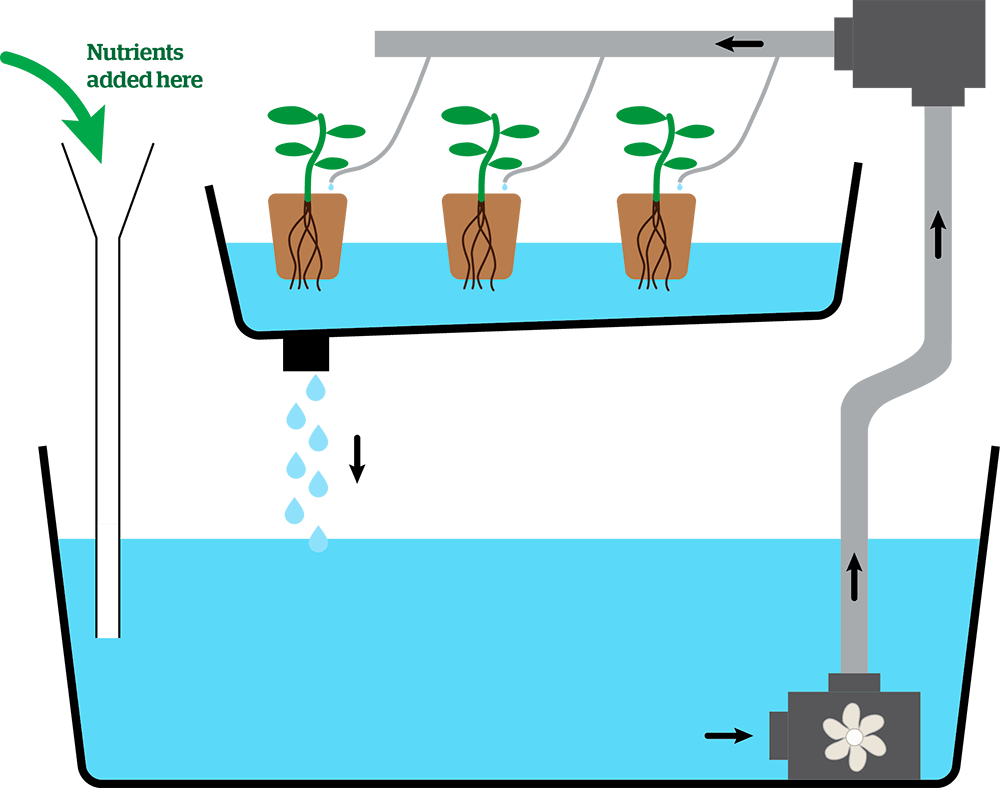20 May 2024
Hubert Hiemstra discusses how he used the principles of hydroponics to boost his understanding – and increase his knowledge – of circulatory shock in critically ill patients.

Image © Kenishirotie / Adobe Stock
For a long time, I was so overwhelmed by all the theory around shock that I never fully understood the key concepts – how it was affecting my patients and what I could do about it.
To come to grips with it, I had to take it back to some very basic ideas.
To start with, I realised when it comes to our critical patients – regardless of the initial disease process or injury – if a patient is dying then they are probably in shock.
Shock means the cells throughout the body are being starved of the stuff they need to survive. When this happens, the cells will try their best to keep cellular metabolism going for a little bit longer; however, if the problem is not corrected, they will eventually run out of energy and switch off.
When enough of them switch off, the organism that they make up – be it a human, cat, horse or hamster – will die.
The type of shock we mostly deal with in veterinary practice is circulatory shock, which means the cells are not getting enough oxygen delivered to them to sustain aerobic metabolism.
How does this process of oxygen starvation happen? This is where the textbook explanations used to confuse me – until I devised a simple little story to help me understand and remember the process.
Instead of physiology, let’s talk about hydroponics.
Let’s pretend we have a seedling that, instead of in soil, is growing in a container of water that carries all the nutrients it needs to survive.
A pipe delivers nutrient-rich water to the seedling. The plant will use the nutrients and the water will be drained continuously, back to the nutrient solution This whole fluid exchange will be driven by a pump, while more nutrients and water can be added to the solution as required (see graphic below).

Imagine a sprinkler on garden hose attached to a regular tap. The pressure generated by the tap pushes water through the sprinkler, spreading it effectively on to the garden.
Now replace the garden hose with a fire hose, but attach it to the same regular tap. Water will slowly trickle through the hose, but the pressure will not be sufficient to generate any effective spray – meaning the water won’t reach most of the garden.
And that’s it – the key things we need to remember about circulatory shock:
seedling = cell; pipes = blood vessels; pump = heart
Allow enough of the seedlings to wilt and the patient dies.
The things that will inhibit oxygen from being effectively distributed throughout the body to the cells are the same things what will kill the seedling:
Understanding these concepts will help you understand what is happening in your critically ill patients, and how you should treat them:
The intricacies of shock are obviously much more complicated than this, but understanding these simple concepts will help you make a good start at managing your critical patients and provide a good foundation to build further knowledge.